.jpeg)

.jpeg)
New game, new luck. Unlike classical chess, where play always begins from the same starting position, in Freestyle Chess, you always get "a new hand", a new position. However, unlike in card games, both sides still play with the same pieces and the same starting position, so the element of chance remains minimal.
The drawn position may not be entirely unfamiliar to the players. In fact, players or their assistants have already created databases with Chess960 or Freestyle games. Most of these games were played by engines. While it took humans roughly 175 years to research chess openings thoroughly (taking the London 1851 tournament as a starting point, though this is not entirely accurate), with computers, the process is now much faster.
DeepMind has demonstrated with AlphaZero that a computer, by playing against itself, can achieve the highest level of chess mastery in a short period, provided it is only given the rules of the game beforehand. If a company like Google were to decide to simulate all 959 other possible starting positions, a complete opening theory for all conceivable initial positions might be available in no time. However, no one could possibly memorise all of it - although...
Magnus Carlsen, Fabiano Caruana, Vincent Keymer and Javokhir Sindarov are the four players who have reached the semifinals. Carlsen and Caruana each defeated their quarter-final opponents, Nodirbek Abdusattorov and Gukesh Dommaraju, respectively, with a clear 2-0 victory. Keymer could have achieved the same result against Alireza Firouzja but settled for a draw in the second game of their quarterfinal despite having a technically winning position. Javokhir Sindarov had to go to tiebreaks against world number two Hikaru Nakamura, and won. Certainly a surprise.
The semifinal pairings are now Keymer versus Carlsen and Caruana versus Sindarov.
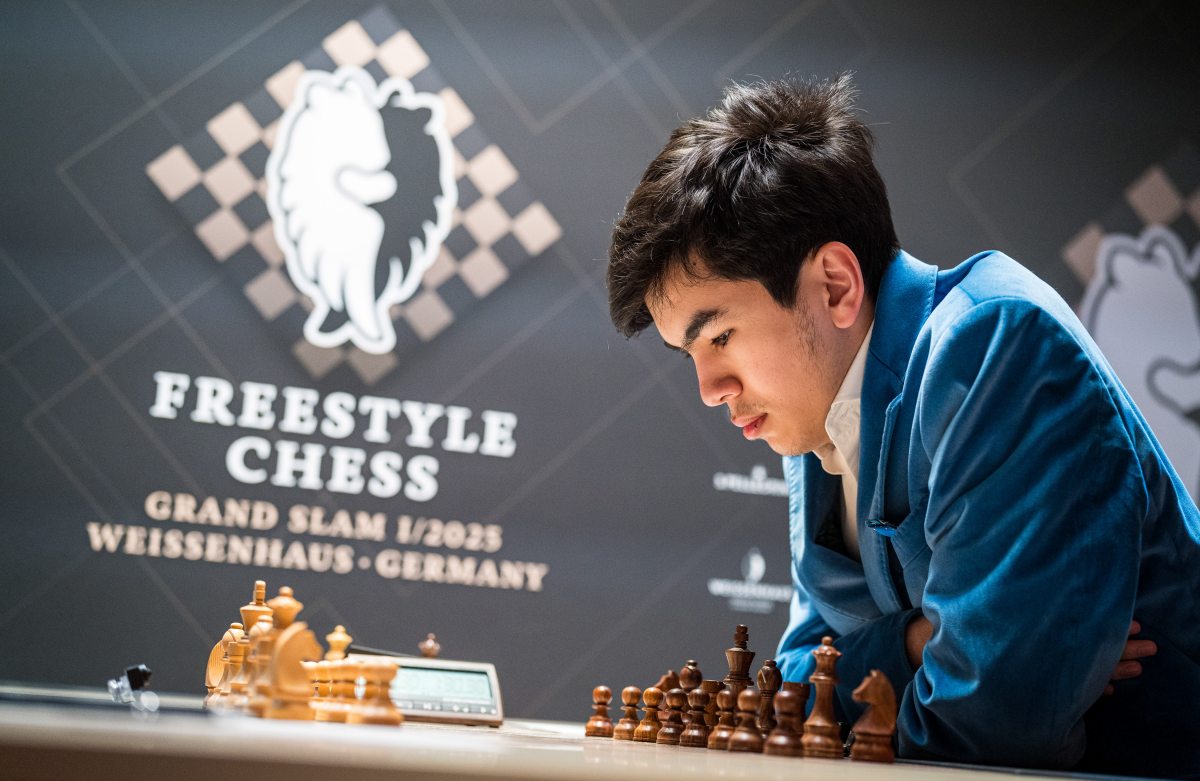
Javokhir Sindarov | Photo: Lennart Ootes
In Freestyle Chess, the same principle applies: whoever loses the first of the two match games is at a disadvantage. However, in this chess variant, achieving a draw appears to be much more difficult. One can understand why Carlsen enjoys Freestyle Chess more than classical chess. In many classical chess games, his opponents play solely for a draw and prepare their opening lines accordingly. Here, that is not possible.
Keymer, playing white against Carlsen, opened with 1.g4. After a few moves, a kind of King's Indian structure emerged, albeit with all the pieces on "incorrect" squares - for example, both kings were on the queenside. Keymer had a slight space advantage, and he managed to coordinate his pieces more effectively.
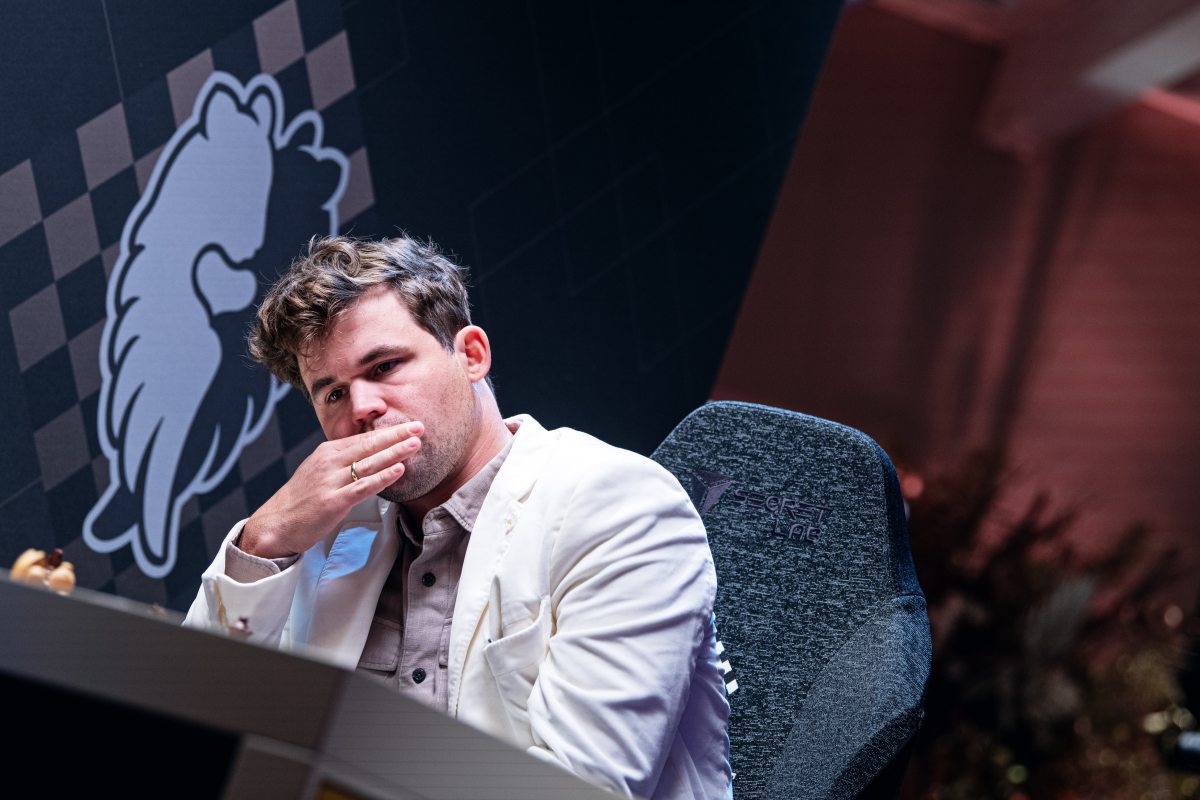
Magnus Carlsen | Photo: Stev Bonhage
Carlsen had a solid position but lacked active play. Shortly before the time control, he devised a plan to gain activity, but it turned out to be ineffective.

Keymer's father congratulating his son | Photo: Lennart Ootes
At the end of the day, this was the only decisive game. The game between Caruana and Sindarov had a completely different nature and remained balanced throughout. The game reached an endgame with two rooks and a minor piece per side, where Sindarov suddenly got a chance to chase the king in what would have been a winning attack. The youngster failed to find the winning plan.
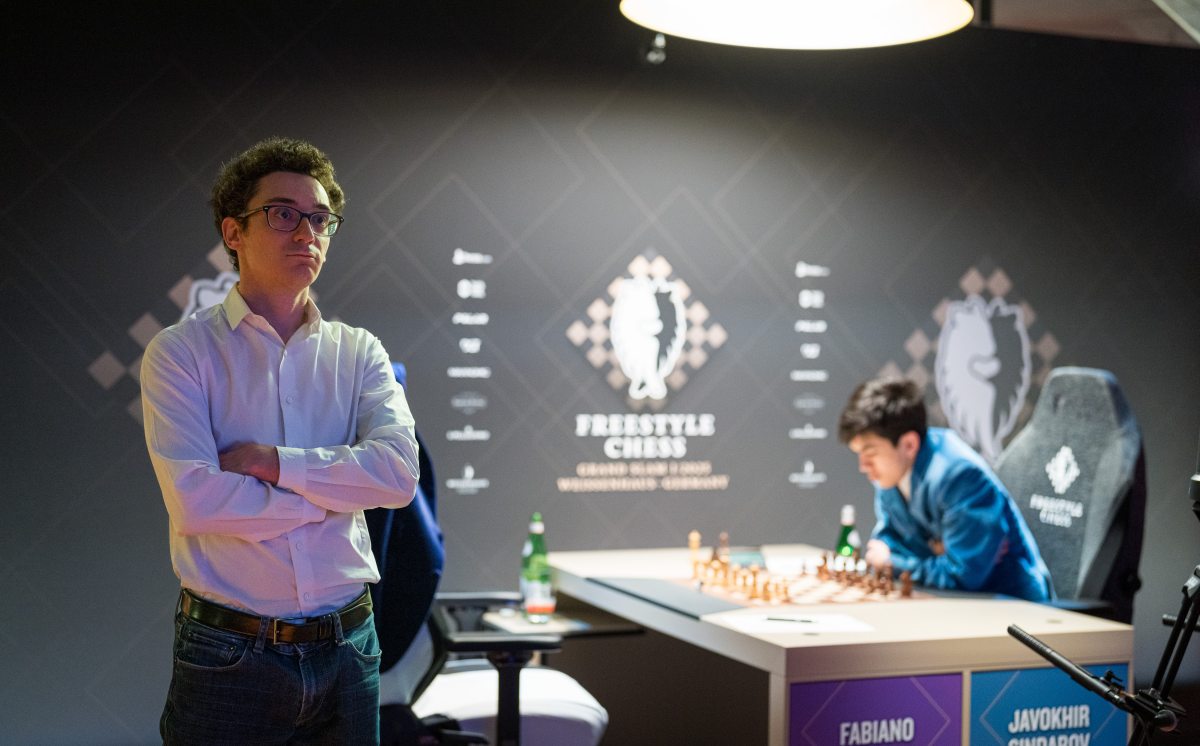
Caruana and Sindarov | Photo: Stev Bonhage
Besides the two semifinals, matches to decide who gets 5th to 8th place also took place, with Nakamura facing Gukesh and Abdusattorov facing Firouzja.
These two encounters also ended drawn. Abdusattorov had the initiative with White against Firouzja for some time, but the game led to an equal knight endgame. Lasting 59 moves, the game between Hikaru Nakamura and Gukesh was the longest of the day. However, it also ended without a winner.
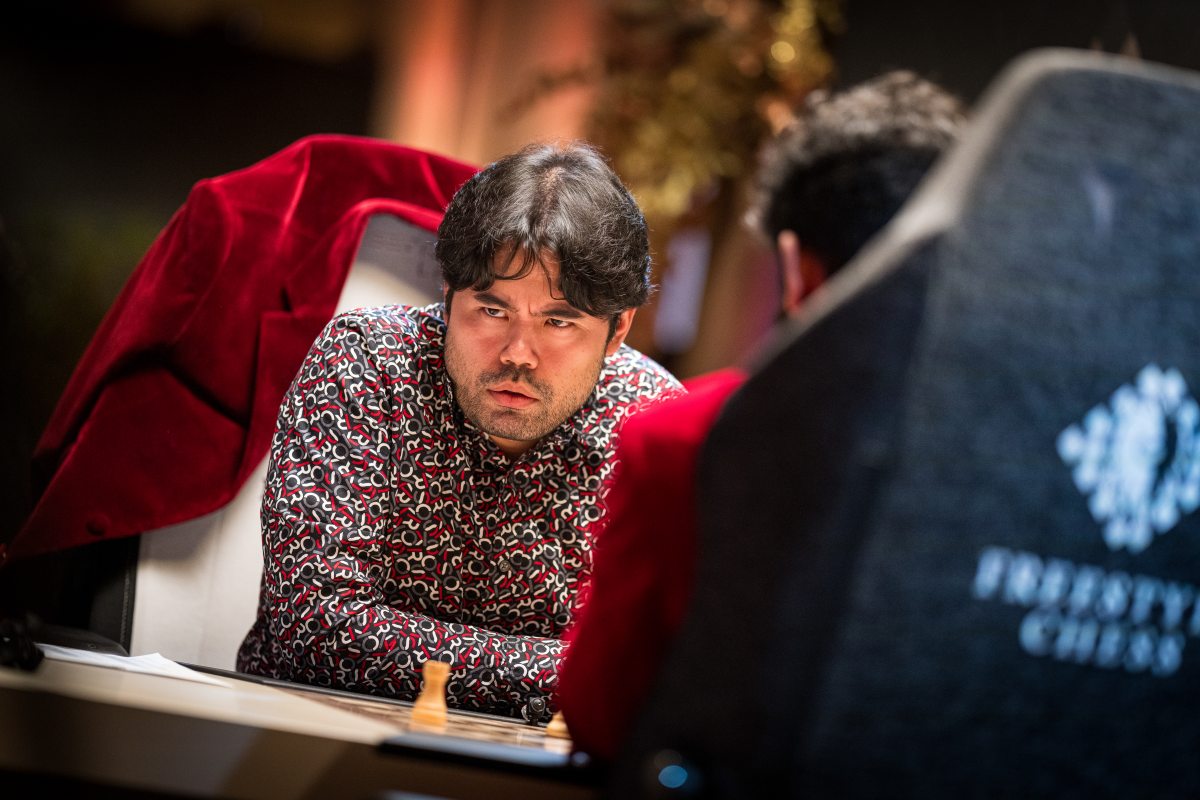
Hikaru Nakamura | Photo: Lennart Ootes
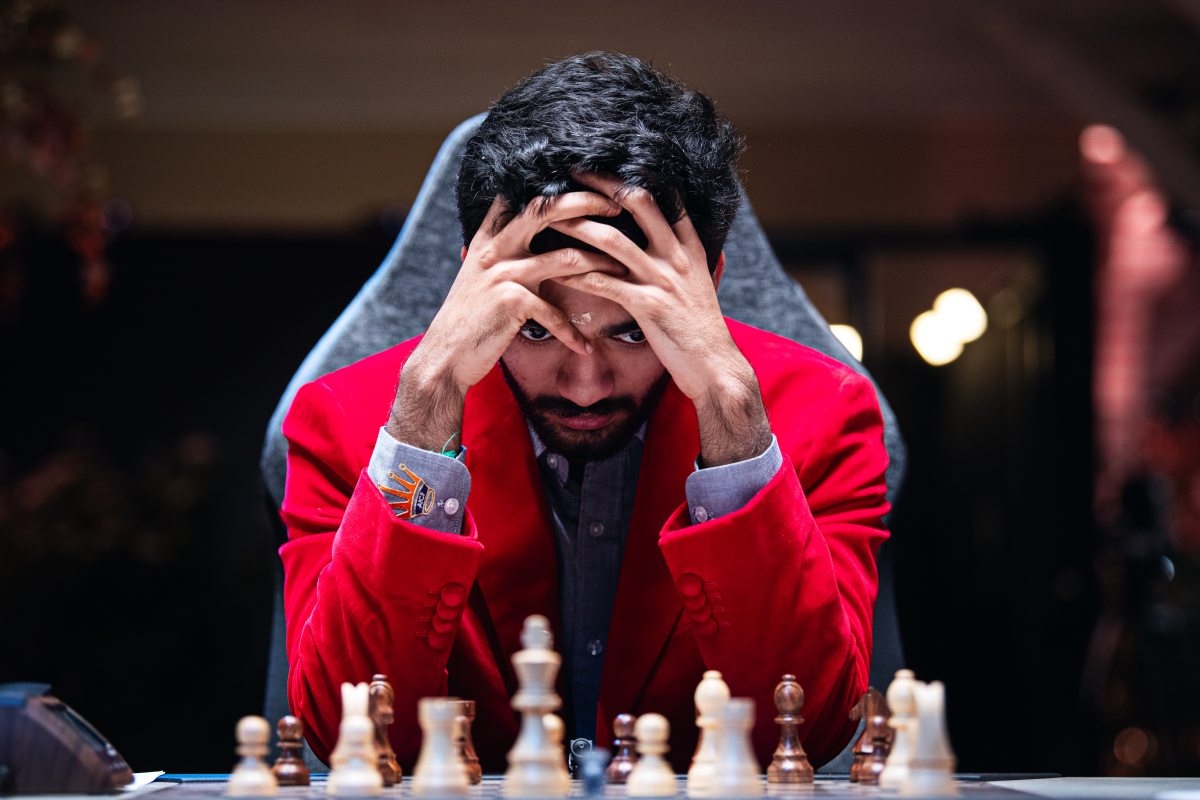
Gukesh Dommaraju, the classical chess world champion | Photo: Stev Bonhage
Replay all games of the rapid round-robin on Live.ChessBase.com
| Advertising |